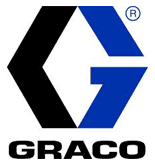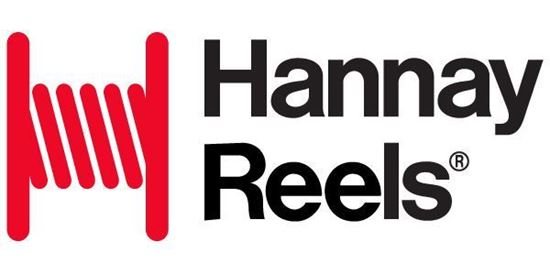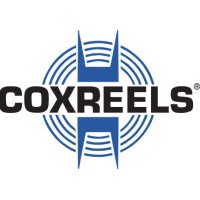How to Build Good Business Credit
On the surface it would seem building good credit would be easy, just pay your bills, treat your customers fairly and you should not have any problems. But sometimes not doing anything can hurt your credit rating. Passive credit building is not always the best way to approach having a good or great rating. Active credit building is a much better method and one you can control.
There are multiple ways to determine and increase a company’s creditworthiness:
- Paying obligations on time
- Maintaining a positive and strong balance sheet
- Avoiding legal problems and bad press
- Establishing business credit separate from personal ones
- Gaining and sustaining a strong business identity
Potential lenders or vendors may look at one or more of these factors with different weight measures depending on their needs. An equipment vendor may just care that you have a history of making payments on time whereas a bank lender may feel a positive P&L history is more important, and an insurance company cares more that you have never had any past litigation or claims filed for a policy rating.
Ways you can actively try to build and improve your business credit and rating.
Open lines of credit. Do this only with the type of businesses you will use in your daily routine. It makes sense to gain NET 30 terms with supply vendors and credit lines or cards with national companies you will buy or use services from, such as Home Depot, Nations Rental, gas companies, etc. but at the same time, you do not need to open credit just to show you can. You need to keep your debt-to-cash ratio under 50% and more in line with 30%. It may seem that it is fine to strictly pay in cash as you go but that will not help build your credit. If you already have the cash use credit even if you do not need it right now and use the cash to pay it off.
Pay off card balances and loans faster than scheduled. The easiest way to be able to borrow is to show you really can do without it. So paying down a debt faster indicates you have a good cash flow than just making the minimum by the due date or carrying a loan out to its term. Even making one extra payment every 3-4 months can cut almost a full year off of a 5-year, 60-month loan, saving you interest.
Ask for deserved credit increases. Most companies that you have a long-term relationship with are more than willing to revisit and possibly increase your credit limit every 12-24 months. A good time to discuss this is when you first open the account and ask what that company’s policies are in regard to credit increases and if they will be automatic or if they should be asked for. Once you know then be sure you do not let those timelines pass too far before asking for the increases available to you. Be careful though because some credit card companies will look unfavorably to customer requests that occur too frequently, thinking that you are asking in need and may become a higher risk.
Not missing payment or discount dates. Besides the normal pay by a certain date each month or by NET 30, many cards or companies have other dates you should look at to see if you can gain savings and creditworthiness. You may have NET 30 terms with a vendor that may also give a discounted prepayment date as well, such as NET 15 3%. Where if you pay in less than two weeks from the purchase you can get additional money off the sale. Or just because your credit card is due the 5th of each month that you always pay off in full you may be still paying interest on charges that were made in the first 9 to 11 days after the last closing date, because that company may start adding interest after 21 days. Every card varies to be sure you know what specific terms each one carries. So sometimes paying your cards off more than once a month using the card company’s online payment system may save you extra interest and look good as well.





















